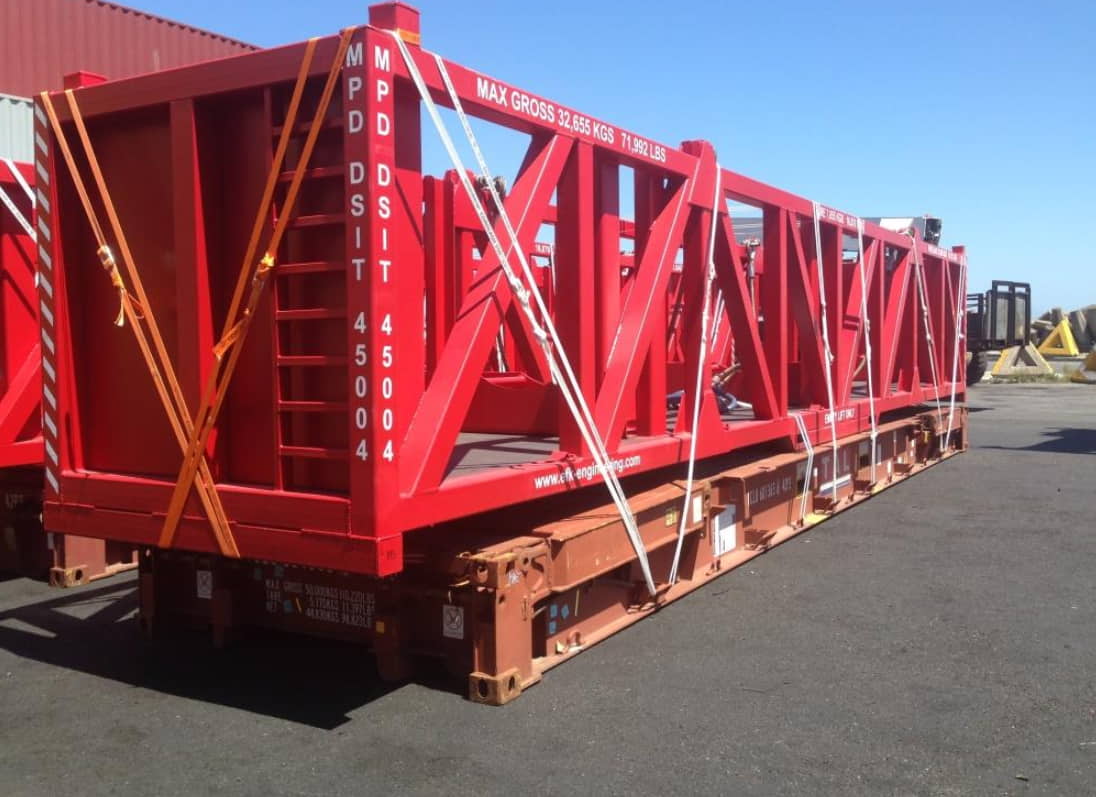Choosing the right lashing for flat racks can often be a daunting task, especially if you’re new to the world of shipping and cargo handling. With a multitude of options available in the market, it’s crucial to understand what works best for your specific needs. This post will provide you with a comprehensive guide on how to make an informed choice in securing your cargo.
Understanding The Importance of Flat Rack Lashing
Flat rack containers are widely used in shipping large, heavy, or irregularly shaped loads. They offer flexibility and ease of loading but also pose unique challenges when it comes to securing the cargo. This is where the role of lashing becomes pivotal.
Lashing, or cargo securing, involves using various types of equipment to stabilize and secure cargo during transport. It prevents movement and potential damage, ensuring the safety of both the cargo and the people handling it.
Assessing Your Cargo Load Requirements
Before choosing the lashing system, it’s essential to assess your cargo load requirements. Consider factors like the weight, size, shape, and nature of the cargo. For instance, heavy machinery may require stronger and more durable lashings compared to lighter, less bulky items.
Types of Lashings and Their Application
There are numerous types of lashings available, each designed for specific applications. These include wire rope lashings, chain lashings, synthetic webbing lashings, and polyester cord lashings, among others.
Wire rope lashings are robust and durable, suitable for heavy-duty applications. Chain lashings, on the other hand, offer high strength and are often used for extremely heavy loads. Synthetic webbing lashings are lightweight and flexible, ideal for oddly shaped or delicate cargo. Polyester cord lashings are versatile, offering a balance between strength and flexibility.
Incorporating a Cargo Load Restraint
In the world of cargo handling, a well-implemented cargo load restraint system can make all the difference. It’s not just about securing your cargo but doing so in a way that maximizes safety and efficiency. The right restraint system will complement your lashing choice and provide an additional layer of security.
Regulatory Compliance
When choosing your lashing system, it’s crucial to ensure compliance with international and local regulations. Different countries may have varying standards and guidelines regarding cargo securing. Familiarize yourself with these rules to avoid penalties and ensure the safe and legal transport of your goods.
Conclusion
Choosing the right lashing for flat racks doesn’t have to be a complex process. By understanding your cargo requirements, exploring different lashing options, incorporating effective cargo load restraint, and ensuring regulatory compliance, you can secure your cargo efficiently and safely.

